Table of content
Chaoshan beef balls, a cherished culinary gem from China’s Guangdong Province, are renowned for their springy texture, rich beefy flavor, and delicate seasoning. These handcrafted delights are a staple in Chaoshan cuisine, often served in hot pots, soups, or stir-fries. While they may seem simple to prepare, achieving the perfect balance of tenderness and bounce requires precision and attention to detail. This comprehensive guide will walk you through the entire process of cooking Chaoshan beef balls, from selecting the finest ingredients to mastering cooking techniques that highlight their unique qualities.
The Essence of Chaoshan Beef Balls
Before diving into the cooking process, it’s essential to understand what makes Chaoshan beef balls special. Unlike mass-produced meatballs, authentic Chaoshan-style beef balls are made by hand, a tradition passed down through generations. The meat is meticulously pounded to create a gelatinous texture, seasoned with minimal ingredients like salt, pepper, and sometimes a touch of cornstarch to bind the mixture. The result is a product that bursts with umami and a satisfying chew.
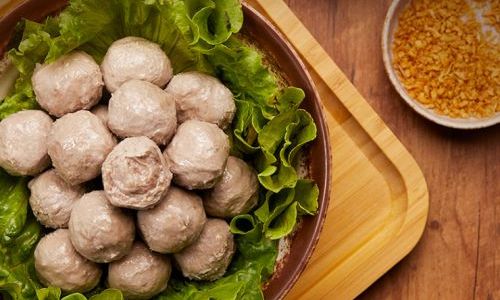
When purchasing beef balls, opt for those labeled “handmade” or “artisanal” to ensure quality. Frozen varieties are acceptable but require proper thawing. Avoid pre-cooked or overly processed options, as they often lack the authentic texture and flavor.
Ingredients and Tools You’ll Need
To cook Chaoshan beef balls to perfection, gather the following:
- Chaoshan beef balls (fresh or frozen, approximately 200–300 grams per serving)
- Water (4–6 cups, depending on the quantity)
- Salt (1–2 teaspoons, or to taste)
- Optional seasonings: White pepper, ginger slices, or spring onions for added aroma
- Tools: A medium-sized pot, slotted spoon, thermometer (optional), and a bowl for serving
Step-by-Step Cooking Guide
Preparing the Beef Balls
- Thawing (if frozen): Transfer frozen beef balls to the refrigerator 6–8 hours before cooking. Avoid thawing at room temperature, as this can compromise texture and safety.
- Inspection: Check for any ice crystals or freezer burn. Discard damaged pieces.
Boiling the Water
- Fill the pot with 4–6 cups of water. Add a pinch of salt and optional seasonings like ginger slices or spring onions for fragrance.
- Bring the water to a gentle simmer (around 85–90°C or 185–194°F). Avoid boiling vigorously, as high heat can cause the beef balls to toughen or split.
Cooking the Beef Balls
- Lowering the temperature: Once the water simmers, reduce the heat to maintain a steady temperature.
- Adding the beef balls: Gently place the beef balls into the water using a slotted spoon. Do not overcrowd the pot; cook in batches if necessary.
- Timing:
- Fresh beef balls: Cook for 5–7 minutes.
- Frozen beef balls: Cook for 8–10 minutes.
- Stirring: Occasionally stir the pot to prevent sticking, but handle the beef balls gently to avoid breaking them.
Testing for Doneness
- Visual cues: Cooked beef balls will float to the surface and appear plump with a slightly glossy finish.
- Texture test: Cut one ball in half; the interior should be uniformly cooked without pinkish hues.
- Bounce test: Press lightly with a spoon—properly cooked beef balls will spring back slightly.
Serving and Seasoning
- Remove the beef balls with a slotted spoon and drain excess water.
- Serve immediately in broths, soups, or with dipping sauces. Classic accompaniments include:
- Soy sauce mixed with minced garlic and chili oil
- Hoisin sauce with sesame seeds
- Vinegar-based dipping sauce with chopped cilantro
Expert Tips for Perfect Results
-
Avoid Overcooking
Overcooked beef balls become dry and rubbery. Stick to the recommended cooking times and monitor the water temperature. -
Enhance Flavor with Broth
For a richer taste, cook the beef balls in a beef or bone broth instead of plain water. This infuses them with additional savory depth.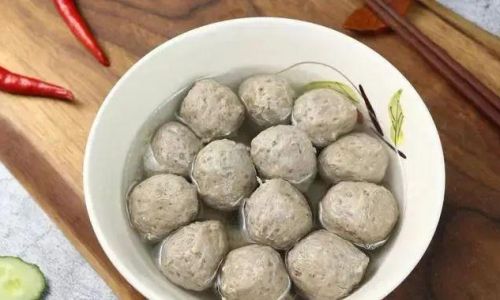
-
Pair with Complementary Ingredients
Chaoshan beef balls shine when paired with fresh vegetables like bok choy, enoki mushrooms, or napa cabbage. Add noodles or rice for a complete meal. -
Reheating Leftovers
If reheating, use low heat and a minimal amount of water to prevent texture degradation. Avoid microwave reheating, which can make the beef balls tough. -
Storage
Cooked beef balls can be stored in an airtight container in the refrigerator for up to 3 days. Freeze uncooked portions for up to 3 months.
Common Mistakes to Avoid
- Using High Heat: Boiling water aggressively causes the beef balls to expand rapidly, leading to a porous texture.
- Skipping Thawing: Cooking frozen beef balls directly in boiling water results in uneven cooking.
- Overcrowding the Pot: Overcrowding lowers the water temperature and causes the beef balls to cook unevenly.
- Underseasoning the Water: A pinch of salt enhances the beef’s natural flavor, while aromatics like ginger add complexity.
Cultural Significance and Variations
In Chaoshan cuisine, beef balls are often the star of niurou huo (beef hot pot), where diners cook them in a simmering broth at the table. They also feature prominently in niurou wan (beef ball noodles), a beloved street food dish. Regional variations may include additions like tendon for extra chewiness or spicy seasonings for heat.
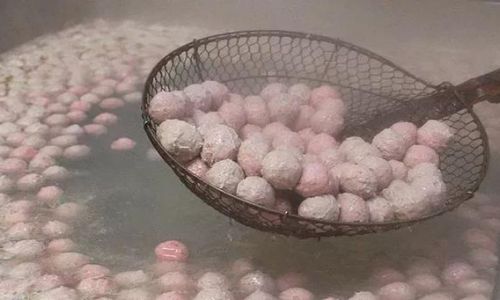
For a modern twist, some chefs incorporate innovative ingredients like truffle oil or cheese into the beef ball mixture. However, purists argue that simplicity is key to preserving the dish’s authenticity.
Conclusion
Cooking Chaoshan beef balls is an art that balances tradition and technique. By adhering to precise cooking times, maintaining gentle heat, and pairing them with thoughtful accompaniments, you can recreate the authentic flavors of Chaoshan in your own kitchen. Whether enjoyed in a comforting soup or as part of a lively hot pot gathering, these beef balls are sure to impress with their delicate bounce and robust taste. With practice, you’ll master the nuances of this iconic dish and savor the culinary heritage it represents.
So, gather your ingredients, heat the pot, and embark on a journey to experience the magic of Chaoshan beef balls—a testament to the power of simplicity and craftsmanship in cooking.
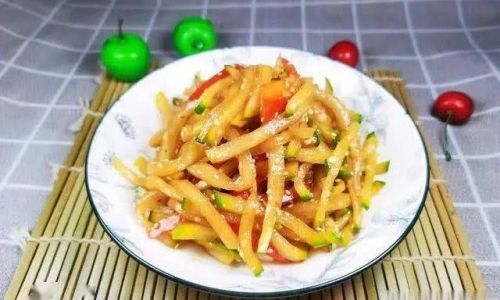
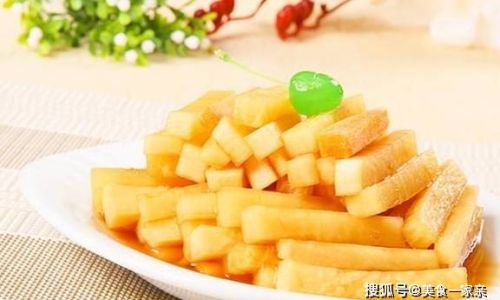
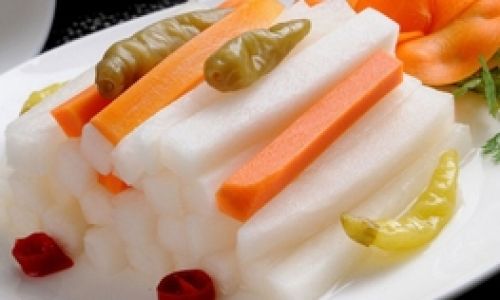
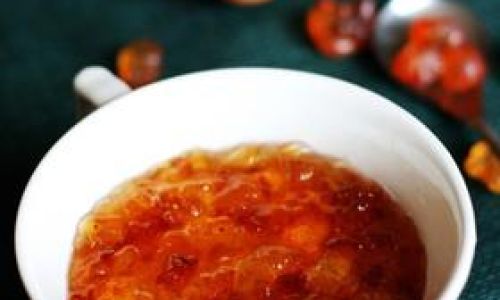
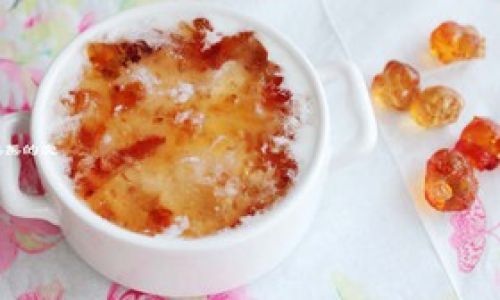
0 comments